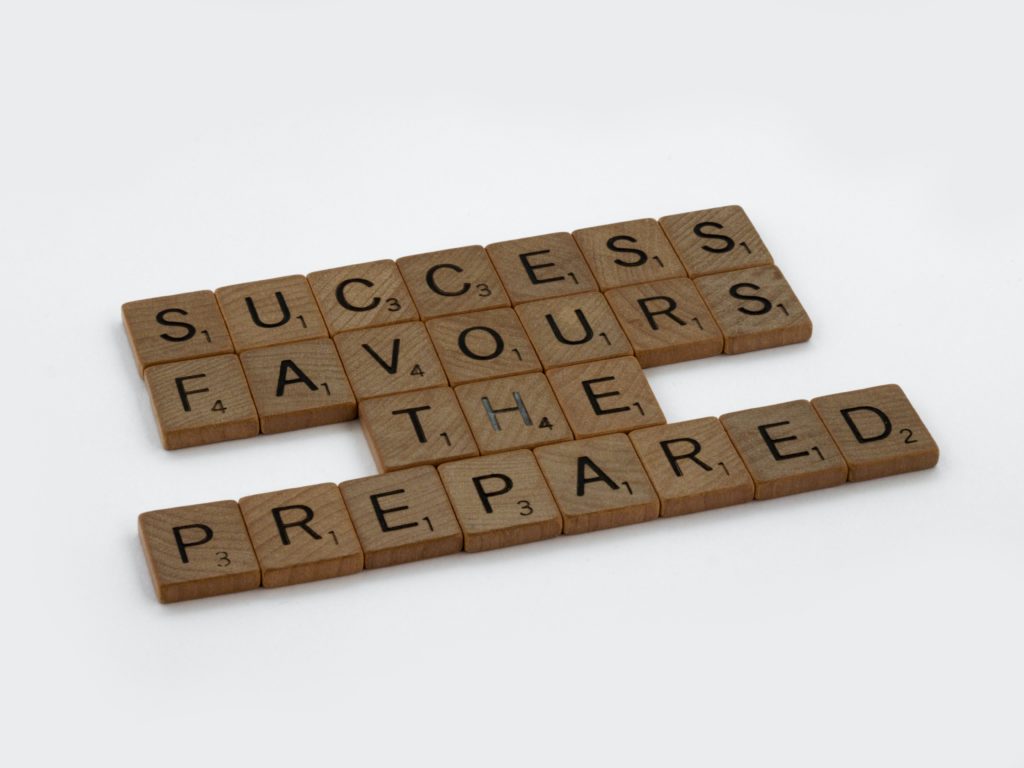

How Enterprises Can Manage Stakeholders More Effectively
Cambridge dictionary defines ‘effective’ as successful or achieving the results that you want. Effective stakeholder management is essential for organizations that want to ensure the time and resources they’re putting into the stakeholder relationship management process will deliver good outcomes, like:
- More detailed insights
- Stronger relationships
- Fewer roadblocks and delays
- Reduced risks
- Greater ROI
So, what can you do to increase your chances of success? Especially when managing stakeholders in a larger enterprise — with a large number of stakeholder groups and (often) complex issues at play?
Let’s look at 9 tools and techniques to support more effective stakeholder management.
1. Set Objectives
One study that looked at complex mega construction projects identified clear project objectives as one of five criteria for effective stakeholder management. For example, an overarching objective may be to begin the next phase of your development project on schedule. From there, you may identify additional targets to support your objective, like positive stakeholder sentiment, increased stakeholder engagement, or a certain number of survey responses.
2. Accurately Identify and Analyze Stakeholders


It’s important to get your stakeholder identification and analysis right early on. This is a critical part of your process as it will inform your strategies to effectively manage and engage your stakeholders using methods that will increase their support and overcome resistance.
Your stakeholder lists should be comprehensive — accurately representing all the relevant stakeholders. Then once you have your list of stakeholders, you can begin getting to know them better by looking at a variety of angles:
- Demographics – Age, gender, location, education, etc.
- Influence – Degree of influence or power over the project or work
- Interest – Financial, social or cultural interest in the project
- Impact – Potential degree of impact on the stakeholder
- Concerns – Their main priorities or needs relating to the organization or project
- Expectations – What they anticipate from the project, organization, or consultation process
- Sentiment – Whether they feel positive, negative, or neutral towards the project or organization
3. Segment Stakeholders
Use stakeholder mapping to visually represent your stakeholder analysis and organize your stakeholders according to key criteria. We recommend mapping stakeholders based on their level of interest, influence, and impact. From here, you can manage and interact with stakeholders more effectively, by:
- Segmenting your lists for tailored communication and activities
- Focusing more time and effort on managing (and engaging with) stakeholders that are more likely to have an effect on the project (or be affected by it)
- Adjusting your communication approach and message based on level of impact/interest/influence, as well as identified concerns and expectations
Engaging stakeholder advocates (high-influence, high-stakes) to help drive success
4. Use Purpose-Built Stakeholder Software
Let’s start with the basics: if you haven’t already, it’s time to wave goodbye to the spreadsheets. This is because it is impossible to effectively manage more than a handful of stakeholders inside a spreadsheet — and they certainly aren’t suitable for larger organizations with large stakeholder lists.
Purpose-built stakeholder software (like Darzin) includes many features that will support your team to be more effective (and efficient), such as:
- Segmentation and stakeholder mapping
- Team collaboration
- Stakeholder relationships
- Stakeholder sentiment tracking
- A record of any interactions with stakeholders
- Activity planning
- Integrated communications
- Grievance and response tracking
Tour our stakeholder management solution or book a demo to find out more.
5. Plan, Plan, Plan


You can’t effectively manage stakeholders without a solid plan. This will be a place to record and refine your objectives and strategies — including how you’ll manage each stakeholder group, from communication methods and messages to required resources and how you’ll measure success.
Your stakeholder management plan is a valuable internal document that you can use to share your process with decision makers and to effectively collaborate with your team.
If you don’t yet have a plan in place, check out our free, interactive Stakeholder Management Plan Tool. You could pull together a draft plan in as little as 15 minutes!
6. Communicate Well
Communication is an important component to effective stakeholder management. Some specific tips for stakeholder communication include:
- Be prompt – Don’t delay sharing important information (it might look like you’re hiding something)
- Vary the frequency – Anticipate that you may need to communicate more or less regularly at different phases of the project — and this will also vary with each of your stakeholder groups
- Open communication lines – Two-way communication and active stakeholder participation allow stakeholders to build trust, work through conflicts, share information, and provide feedback
- Track everything – For continuity and monitoring purposes, ensure all communication (email, SMS, phone, in-person, social media, feedback, survey responses, etc.) are tracked and recorded in your stakeholder software (like Darzin) and assigned to the correct contact record
7. Review, Report, and Adapt
You can hone your stakeholder management processes to become more effective over time by regularly reviewing your plan and adapting as you go along. This can involve:
- Compiling stakeholder feedback
- Assessing qualitative data on stakeholder engagement and sentiments
- Monitoring for change in stakeholder concerns and expectations
- Monitoring for change in the external environment (policies, technology, culture, economy, nature, etc.)
- Ensuring relevant stakeholders are included and informed
- Reporting on any changes, stakeholder management activities, and results to relevant stakeholders
8. Maintain
Performing regular maintenance on your stakeholder lists and system will help you maximize effectiveness. This includes:
- Updating or adding stakeholders
- Data security measures like regularly updating passwords
- Privacy measures like checking your privacy statements, permissions to store information
- Auditing data management processes, including where data is stored and who has access
- CData cleansing to find and merge duplicate stakeholder records (manually or automatically, if your system allows)
- Confirming any integrations with your stakeholder software are functioning properly (like email imports)
9. Continually Invest In Your Learning


Last but not least, keep on doing what you’re doing right now: learning! Effective stakeholder managers know there’s always more to learn, whether it’s reading the latest industry news, reviewing academic papers, or exploring new technology and tools. With that in mind, if you haven’t already, take a look at some of our related content:
- What is Stakeholder Management? [Guide]
- Stakeholder Management Essentials [Article]
- Introducing Stakeholder Management [Article]
- How Should a Project Manager Practice Their Stakeholder Management process? [Article]
- Research: Factors That Contribute to the Success of External Stakeholder Management in Construction [Article]
- Do You Need Stakeholder Management Software? [Article]

